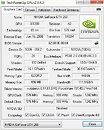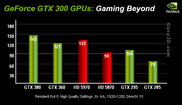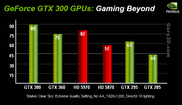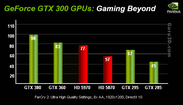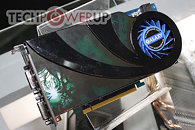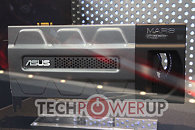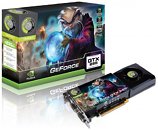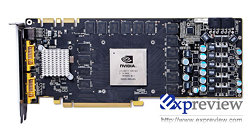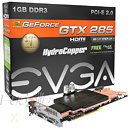NVIDIA BIOS Editor (NiBiTor) Version 5.9 Released
NVIDIA BIOS Editor (or NiBiTor), got its timely update, the application is now at version 5.9. NiBiTor allows enthusiasts to extract and manipulate with the VGA BIOS from a supported graphics card. With each new release, the a number of new GPUs are added to the supported products list, bugs fixed, and stability improved. The GPUs added to the list with this release include:
DOWNLOAD: NVIDIA BIOS Editor (NiBiTor) v5.9
- GeForce GTS 450
- GeForce GTS 360M
- GeForce GT 310M
- GeForce GTX 285M
- GeForce GT 240M
DOWNLOAD: NVIDIA BIOS Editor (NiBiTor) v5.9

